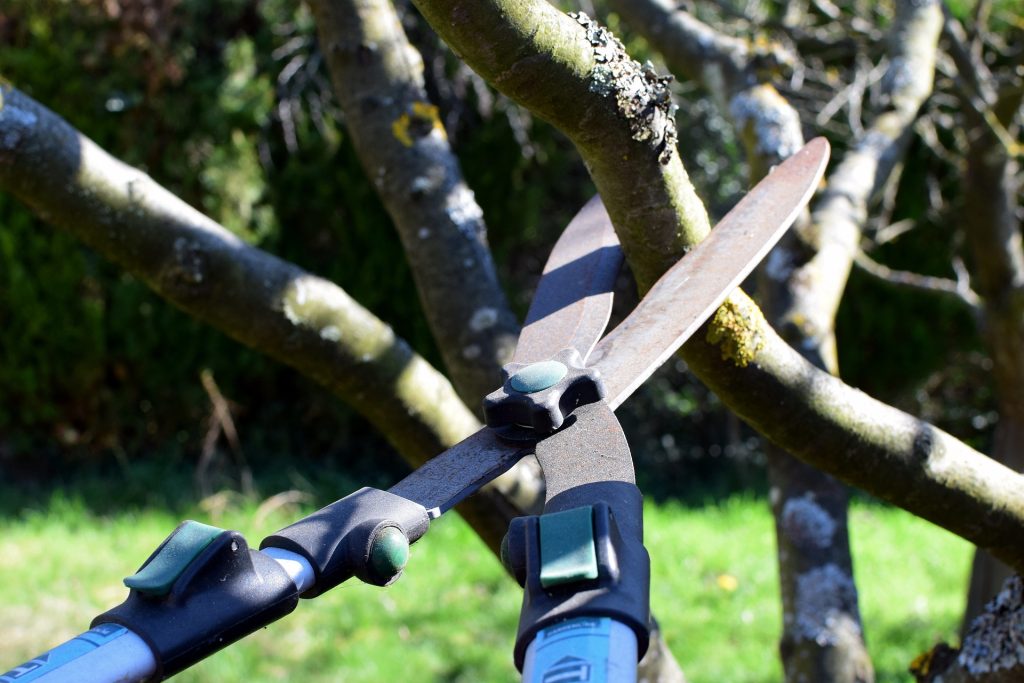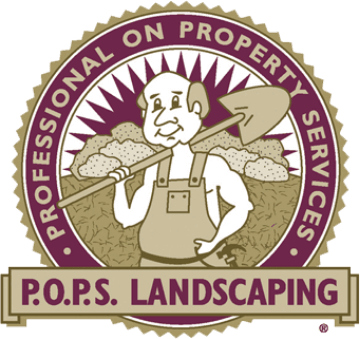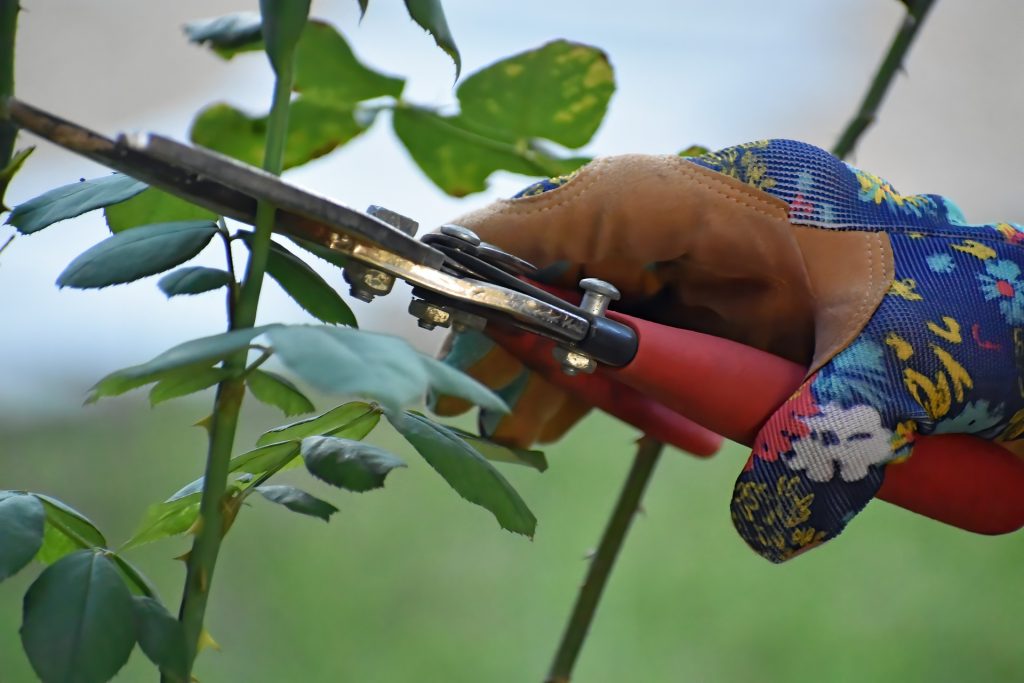As the weather warms up and people spend more time outdoors, there is no better time to spruce up your outdoor spaces. One way you can do this is by pruning trees. Think of spring tree pruning like spring cleaning for your yard. Not only does it improve the health of your tree, but it can also improve its appearance as well.
However, spring tree pruning can be harmful if certain important guidelines are not followed. To ensure the health of your trees, make sure you follow these steps:
Guidelines For Pruning Trees & Shrubs
For most trees, make sure that you are pruning in the early stages of spring, while your tree is still in its dormant season (usually the end of March through the beginning of May). Pruning too late into the season can leave trees more vulnerable to disease or insect infestation. When the weather warms up, a tree enters its optimal growing season. Too much pruning during this time can reduce the number of blooms the tree is able to produce.


safe pruning
To prune safely in the spring, prune sparingly. A good rule of thumb is to make sure 90% of your tree’s branches are left after pruning. Additionally, you should only prune in the spring for one of three reasons:
- Removing branches that are at risk of falling and causing damage.
- Out of necessity for the plant’s safety.
- Small cosmetic touch-ups.
When Should I Prune?
Although careful pruning is usually acceptable in early spring, there are a few species of trees that you should steer clear of pruning during this season altogether. This is due to their higher susceptibility to disease. Oak, Elm, Sycamore, and Pear Trees are some of the most common tree species that you should avoid pruning during the springtime.
On the other hand, trees that bloom in early spring, like cherry, apple, and peach trees, actually prune their best after their flowers fade. This usually occurs in late spring.
No matter what season is best for pruning your trees, here are some factors to look for when deciding what needs pruning:
pruning factors
Clustered Branches
When too many branches are bunched together, it hinders the development of the entire cluster. Removing a few of these branches in the cluster will allow the remaining branches to grow larger and stronger.
Plant Suckers
If you notice that a small branch has started growing from the roots or base of the tree, it is most likely something called a sucker. This occurs when a tree is trying to reproduce itself by initiating new growth at its base. Suckers are caused by stress on the tree or over-pruning, which causes a tree to initiate new growth wherever it can. These suckers need to be removed as quickly as possible. Simply remove the sucker as close to the tree as possible, while avoiding cutting into the root.
Dying, Dead, or Diseased Branches
All three of these factors can pose a danger to your tree’s health. They can also pose a safety threat if they fall unexpectedly. If branches are discolored, not growing any leaves, have excessive fungal growth, or do not have bark, they most likely need to be removed. To begin removal, make a small cut on the underside of the branch. Make your second incision an inch further from your first cut, on the top side of the branch. Finally, find your branch’s collar, which is usually indicated by a swelling at the base of the branch. Your last cut should occur just outside of this collar, as close as possible. If you are cutting a diseased branch, it is best to wash your blade after pruning to prevent further spread.
Crown Thinning
Crown thinning is done to reduce the overall thickness of a tree. It involves removing a few branches from the edges of the tree in order to increase airflow and sunlight exposure. After this process is completed, 80%-90% of the original branches should be left on the tree to prevent over-pruning.
Canopy Raising
Canopy raising is a process that involves removing the lower branches of a tree. This is typically done to increase sunlight exposure or to make sure the lower branches do not interfere with traffic, vision, or structures below.
proper equipment
When dealing with small or developing trees, a good pair of pruning shears may be all you need for successful pruning. For larger trees, you may need something more powerful like lopping shears, hand saws, pole saws, or chain saws. When it comes to very large trees, it is wise to contract a professional landscaper in order to ensure the job is done safely and correctly.


Contact us today!
Concerned about safe pruning, don’t have the time to prune, or just don’t want to? Hire a tree pruning service. Trust the experienced arborists at POPS Landscaping to do it for you. Our qualified professionals are equipped with the tools and knowledge to maintain the health of your trees. Contact us at 770-928-5658 or via email at info@popslandscaping.com.



